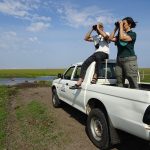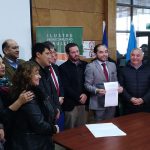In early July, Rob Clay (Director of the WHSRN Executive Office) and Diego Luna Quevedo (WHSRN Conservation Specialist) traveled to Buenos Aires with a specific goal: to work with the country’s Ministry of Environment and Sustainable Development to begin building a National Shorebird Conservation Plan for Argentina.
Committed to the cause, the National Directorates of Biodiversity and Environmental Management of Water and Aquatic Ecosystems provided invaluable support. After many cups of yerba mate, our Executive Office and the Ministry agreed to promptly begin the process to develop this national plan.
Carlos Merenson, National Director of Biodiversity, was one of the representatives of the Ministry, and was joined by his team of specialists Román Baigún and Jorge Meriggi. Experts Santiago D’Alessio and Nadia Boscarol participated as representatives of the National Directorate of Environmental Management of Water and Aquatic Ecosystems.
Argentina currently has eight designated WHSRN sites. Two are sites of Hemispheric Importance, four of International Importance, and two of Regional Importance. Local ornithologists and citizen scientists have also evaluated other potential sites in the country that meet the biological criteria to be nominated as part of the WHSRN network.
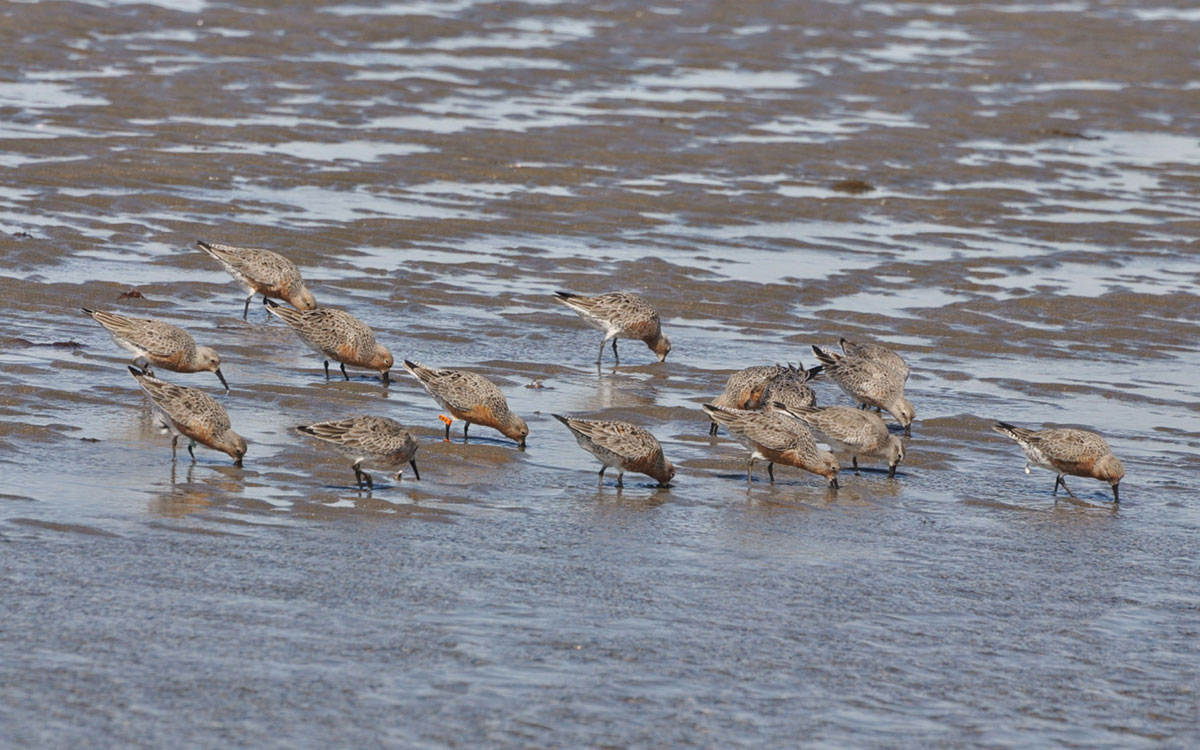
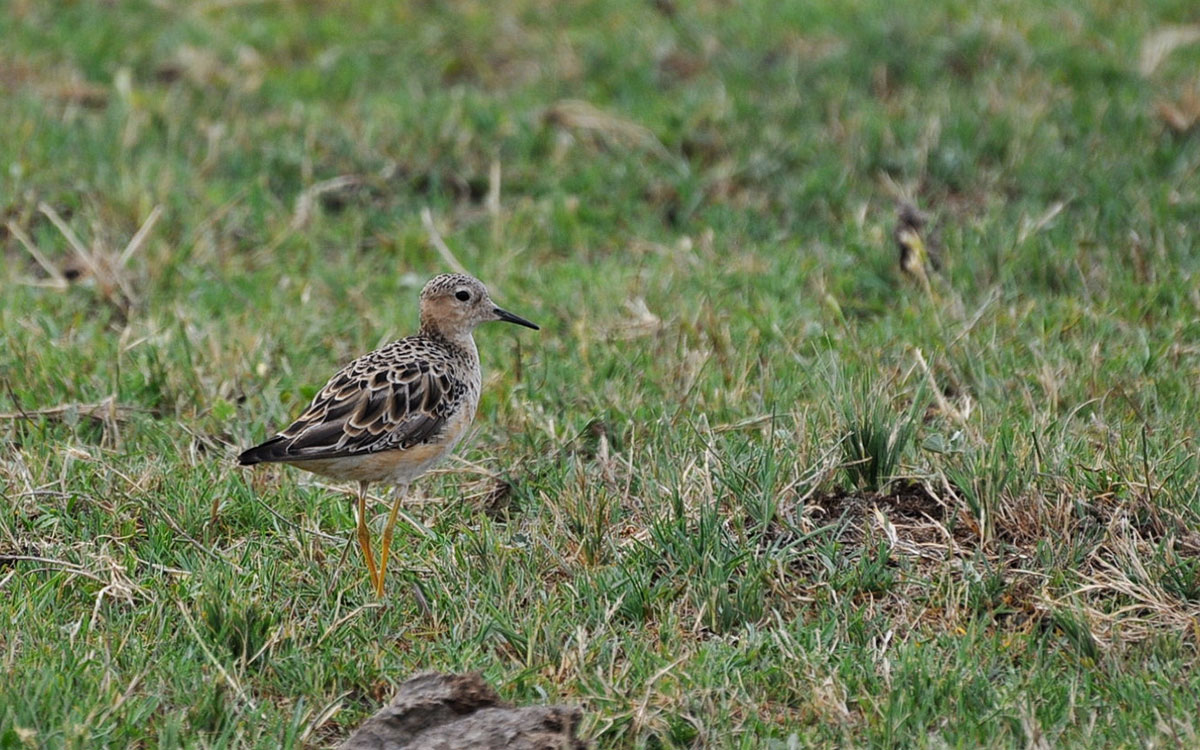
Left: Red Knots feed in Bahía de San Antonio, Argentina. Right: A single Buff-breasted Sandpiper at the WHSRN site Bahía de Samborombón, Argentina. Photos: Diego Luna Quevedo.
“There are already national shorebird plans underway in Brazil and Ecuador,” said Rob Clay. “The Argentine plan will help Argentina fulfill its international commitment a as a signatory of the Convention on the Conservation of Migratory Species of Wild Animals, and as a contracting party to the Ramsar Convention – playing a key role in implementing the priorities of the Atlantic Flyway Shorebird Initiative.”
The collaborative process to develop the plan is estimated to begin in October 2018, with the Argentine WHSRN Council playing a leading role. Once the plan is written, it will be presented to the Ministry for official approval.
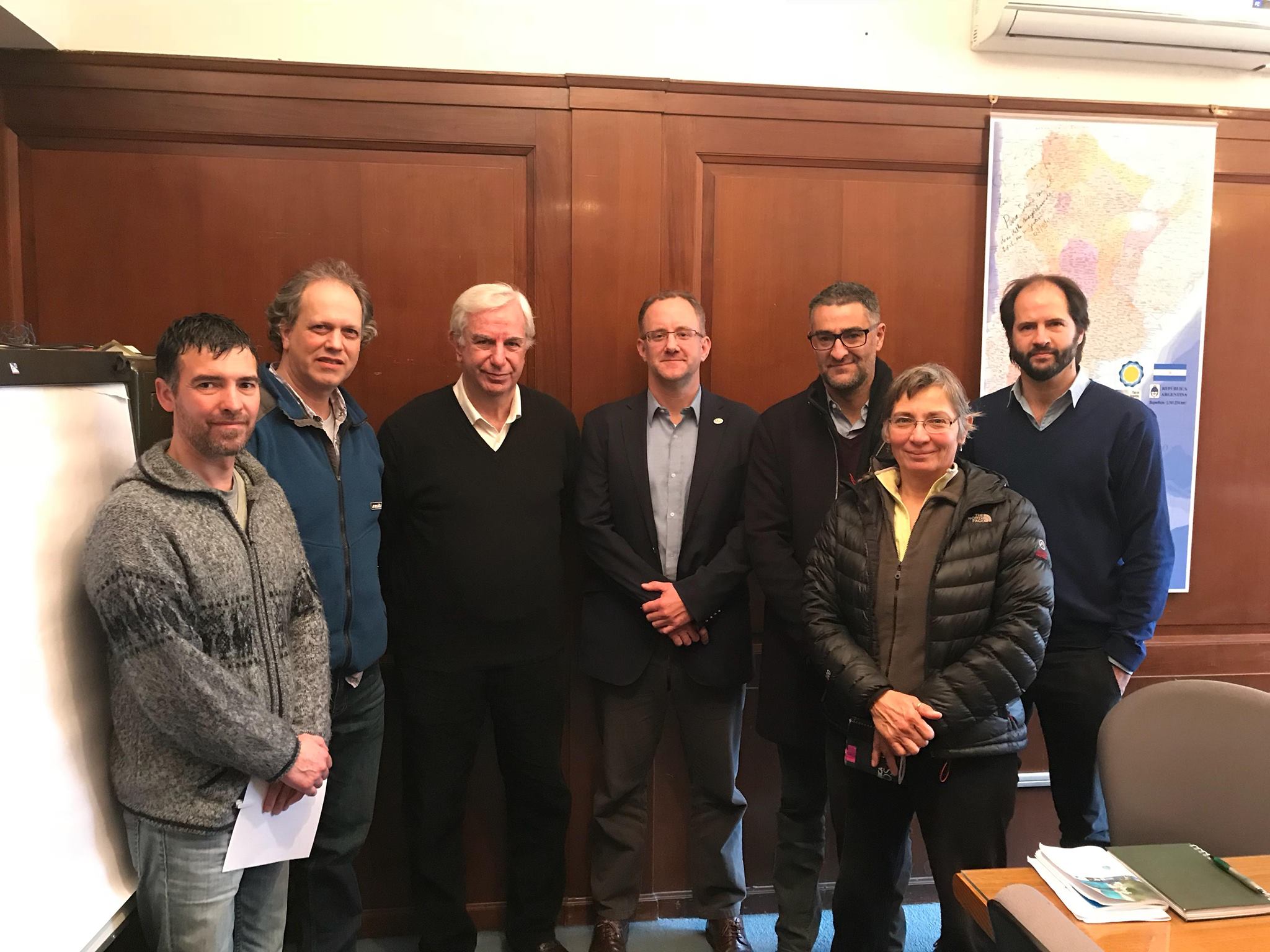
Participants from the meeting in Buenos Aires. Photo: Rob Clay





